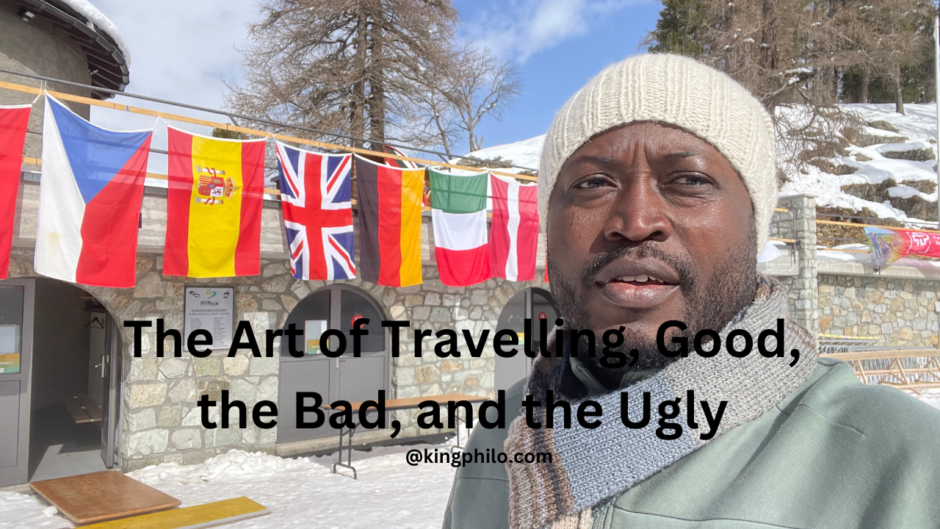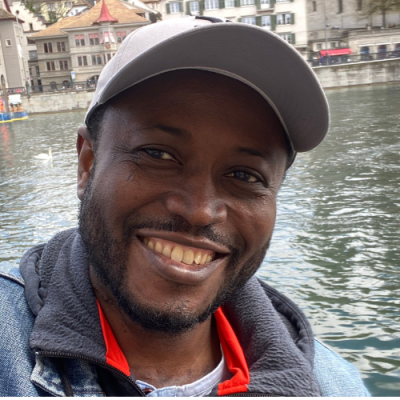Traveling—the very word conjures up images of exotic landscapes, bustling markets, and the thrill of exploration. Whether you’re a seasoned globetrotter or a curious wanderer, stepping beyond your comfort zone opens a gateway to a world of experiences. But as with any grand adventure, travel is a tapestry woven with threads of joy, challenge, and revelation. In this article, we delve into the multifaceted nature of travel, celebrating its highs and acknowledging its lows.
1. The Good: A Kaleidoscope of Moments
a. Human Connections At the heart of every journey lies the magic of human connection. From the elderly tea vendor in Kyoto who shares tales of ancient traditions to the backpacker in Marrakech who becomes your impromptu guide, these encounters enrich our lives. Traveling introduces us to a global family—a mosaic of cultures, languages, and smiles.
b. Learning Beyond Borders Education extends far beyond textbooks and classrooms. When you traverse distant lands, you become a student of life. History whispers through ancient ruins, culinary secrets unfold in bustling markets, and the art of empathy blossoms as you listen to stories from strangers. Traveling is an education that transcends borders.
c. The Thrill of Discovery Hidden alleyways, uncharted trails, and forgotten temples—each step holds the promise of discovery. Whether it’s stumbling upon a vibrant street festival in Rio de Janeiro or witnessing the ethereal Northern Lights in Iceland, travel fuels our curiosity. The thrill lies not only in the destination but also in the journey itself.
2. The Bad: Trials and Tribulations a. Lost in Translation Navigating foreign languages can be both amusing and frustrating.
A simple request for directions becomes a game of charades, and misunderstandings lead to unexpected adventures. Yet, these linguistic mishaps forge resilience and remind us that vulnerability is a universal language.
b. Travel Woes Delayed flights, missed connections, and lost luggage—travel isn’t always smooth sailing. But within these hiccups lies the opportunity to adapt, to find humor in chaos, and to bond with fellow travelers over shared woes. After all, the best stories emerge from the detours.
c. Cultural Clashes What’s acceptable in one culture may raise eyebrows elsewhere. From tipping etiquette to dress codes, we tiptoe through cultural minefields. Yet, these clashes teach us humility and broaden our perspectives. As Mark Twain wisely said, “Travel is fatal to prejudice.”
3. The Ugly: Unmasking Reality
a. Poverty’s Gaze Behind the glossy travel brochures lies a stark truth—the disparity between privilege and hardship. In bustling markets, you’ll encounter beggars with eyes that hold entire narratives. These moments compel us to question our privilege and ignite a desire for change.
b. Environmental Impact Our footprints on foreign soil leave imprints. Overcrowded tourist spots, plastic waste, and carbon emissions—travel has consequences. Acknowledging this ugliness pushes us toward sustainable choices. Responsible travel becomes our duty.
c. Scars of History Visiting sites of past atrocities—the Holocaust Memorial, Cambodia’s Killing Fields—forces us to confront humanity’s darkest chapters. These scars remind us that travel isn’t just about pretty postcards; it’s about bearing witness to both beauty and brutality.




Very interesting. "The pygmies build houses with glass"? Or you mean "grass"?